The murderous past of Calverley Old Hall as The Landmark Trust prepares fundraising bid to restore it
and live on Freeview channel 276
In fact, part of Calverley Old Hall is even used as holiday accommodation - but the building hides a dark secret.
The Old Hall has existed in some form since the late 12th century, reaching the height of its status and form by the mid-17th century.
Advertisement
Hide AdAdvertisement
Hide AdThe site’s history begins around 1136, when John Scot was recorded Lord of the Manor of Calverley.
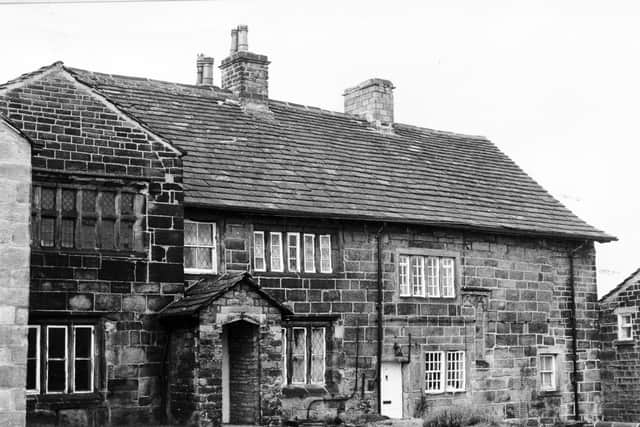

The family prospered, and gained a reputation for generosity towards the church, but all that remains from this period are traces of the earliest hall buried in later fabric.
The Scot family, increasingly taking Calverley as their family name, became wealthy over the next few centuries.
Their wealth and importance is reflected by the building work they carried out in this phase, when they built the surviving spectacular, two-storey Solar Block with fireplaces on each floor, at right angles to the earliest hall.
Advertisement
Hide AdAdvertisement
Hide AdThe Great Hall and chapel were also added in the late 1400s.
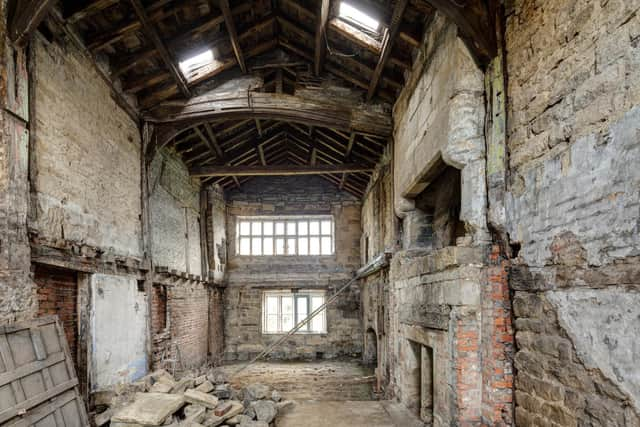

The family's status continued to rise throughout the 16th century, although by the end of this period financial problems seem to have begun.
The relatively small and cosy parlour block was added, probably by Sir William Calverley, High Sheriff of Yorkshire, around this time.
But it was in the 17th century that the Calverley family gained national notoriety.
Advertisement
Hide AdAdvertisement
Hide AdWalter Calverley had married Phillipa Brooke in 1599 and the couple had three children, William, Walter and Henry.
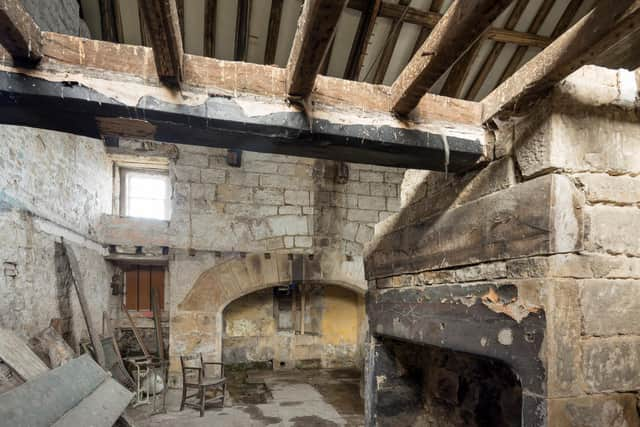

The marriage was plagued with financial difficulties and Walter was at one point imprisoned due to his debts.
Overwhelmed by money worries and alcohol and in deep depression Walter murdered his two sons at the Hall in 1605.
Walter was taken to York where he refused to plead (apparently in order to prevent forfeiture of his estate) and so was pressed to death, a gruesome method of execution which saw a person literally crushed to death.
Advertisement
Hide AdAdvertisement
Hide AdBecause of his refusal, his property could not be seized by the state, and so was passed to his surviving baby son.
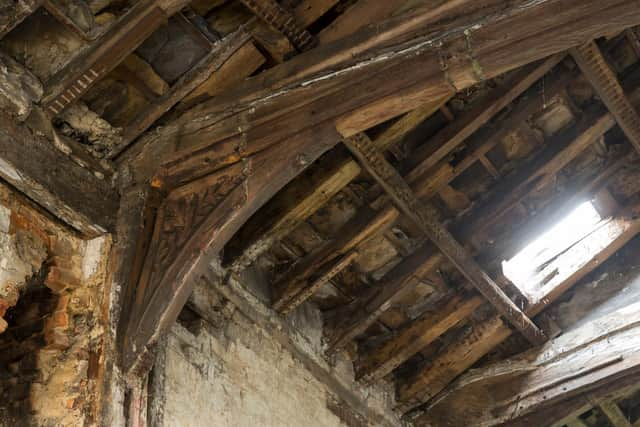

Playwright Thomas Middleton dramatized the horrible episode of the family's history in his play A Yorkshire Tragedy, though it was originally attributed to William Shakespeare.
The family backed the King - the losing side - in the English Civil War and after the Restoration, the latest Sir Walter Calverley married Frances, heiress of nearby Esholt Hall and in 1665 the family left Calverley Old Hall.
In 1754 the Calverley estate was sold to Mr Thomas Thornhill of Fixby, near Huddersfield.
Advertisement
Hide AdAdvertisement
Hide AdOver the next few hundred years the building was gradually subdivided for an increasing number of tenants.
After long ownership by members of the Thornhill family, Calverley Old Hall was bought by the Landmark Trust in 1981.
The building conservation charity converted part of it into holiday accommodation, later restoring the Chapel and weather-proofing of the Great Hall and Solar.
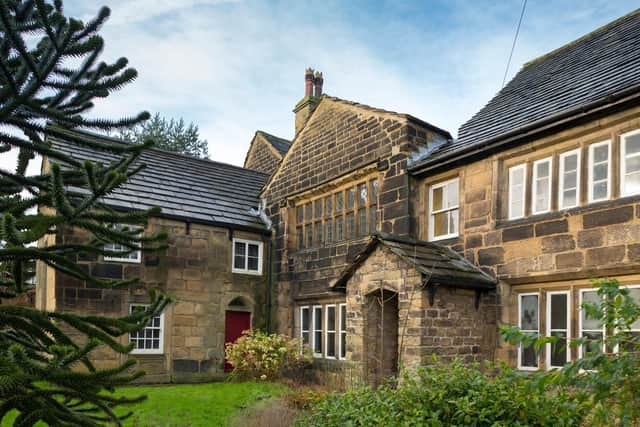

But Calverley Old Hall represents unfinished business for Landmark.
Advertisement
Hide AdAdvertisement
Hide AdDespite examining various options to bring the site back into sustainable use, the building remains on the Heritage at Risk register and much of the site is semi-derelict, its remarkable historic interior boarded up and hidden from view.
In 2020, the National Lottery’s Heritage Fund awarded £150,000 to The Landmark Trust to help turn around its fortunes.
And the Trust plan on launching a fundraising campaign this spring to rescue the building.
Following an architectural design competition in 2017, plans were drawn up which would see the most historically significant spaces transformed into a Landmark holiday let for 10, fusing medieval fabric with contemporary design.
Advertisement
Hide AdAdvertisement
Hide AdThe Great Hall will become the kitchen and dining space, where those staying will cook and eat beneath its vast hammer-beam roof.
Floors will be returned to the stripped out shell of the 14th century solar, the oldest surviving part of the building, creating a living room upstairs and bedrooms below.
The chapel will be restored and other parts of the building will be converted for a variety of uses, including a new community use space.
If The Landmark Trust is successful in raising the funding needed, restoration work could begin on site in 2022 and a repaired and reborn Calverley Old Hall would open its doors in 2024.
Find out more about the plans here.
Advertisement
Hide AdAdvertisement
Hide AdSupport the YEP and become a subscriber today. Enjoy unlimited access to local news and the latest on Leeds United, With a digital subscription, you see fewer ads, enjoy faster load times, and get access to exclusive newsletters and content. Click here to subscribe.
Comment Guidelines
National World encourages reader discussion on our stories. User feedback, insights and back-and-forth exchanges add a rich layer of context to reporting. Please review our Community Guidelines before commenting.